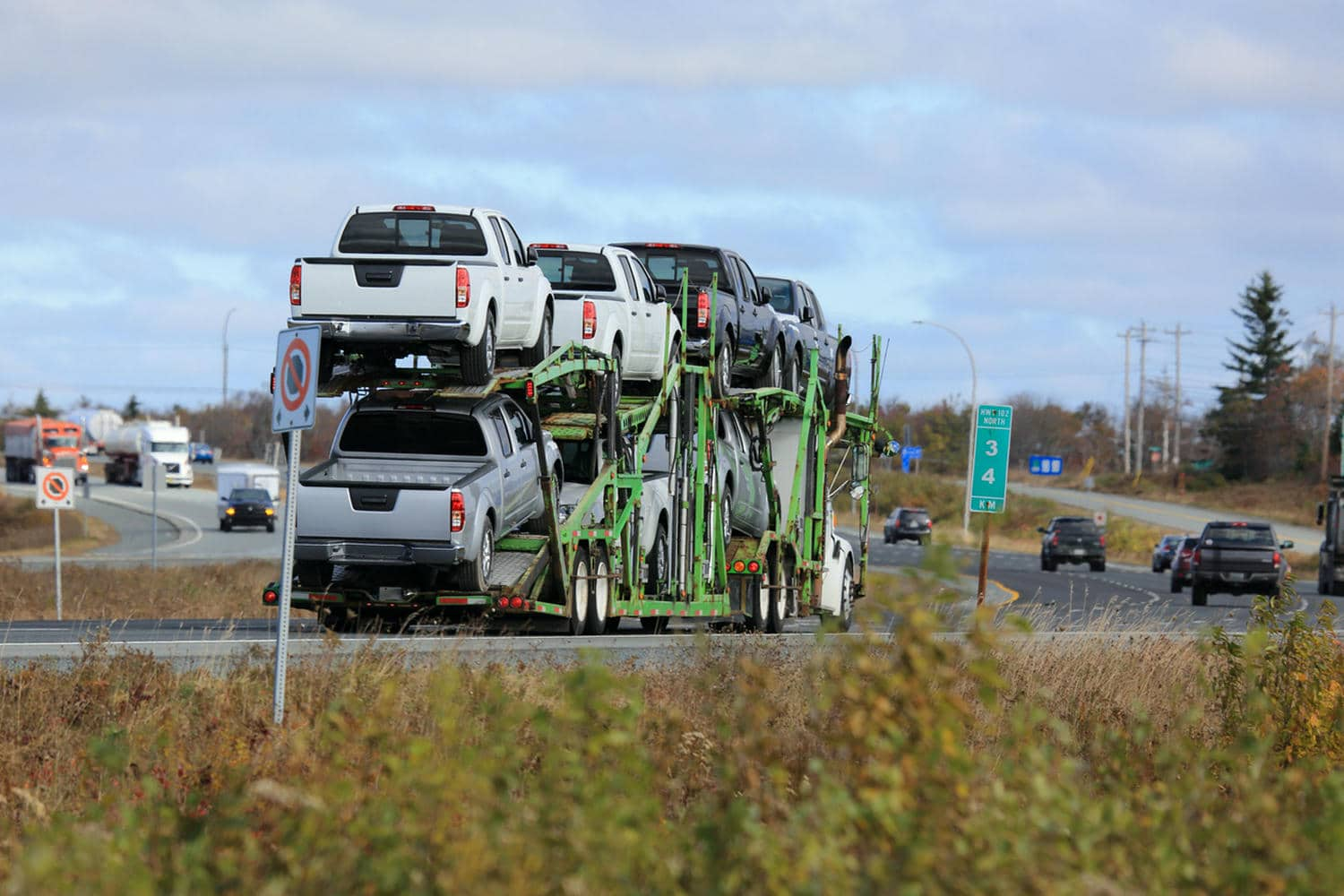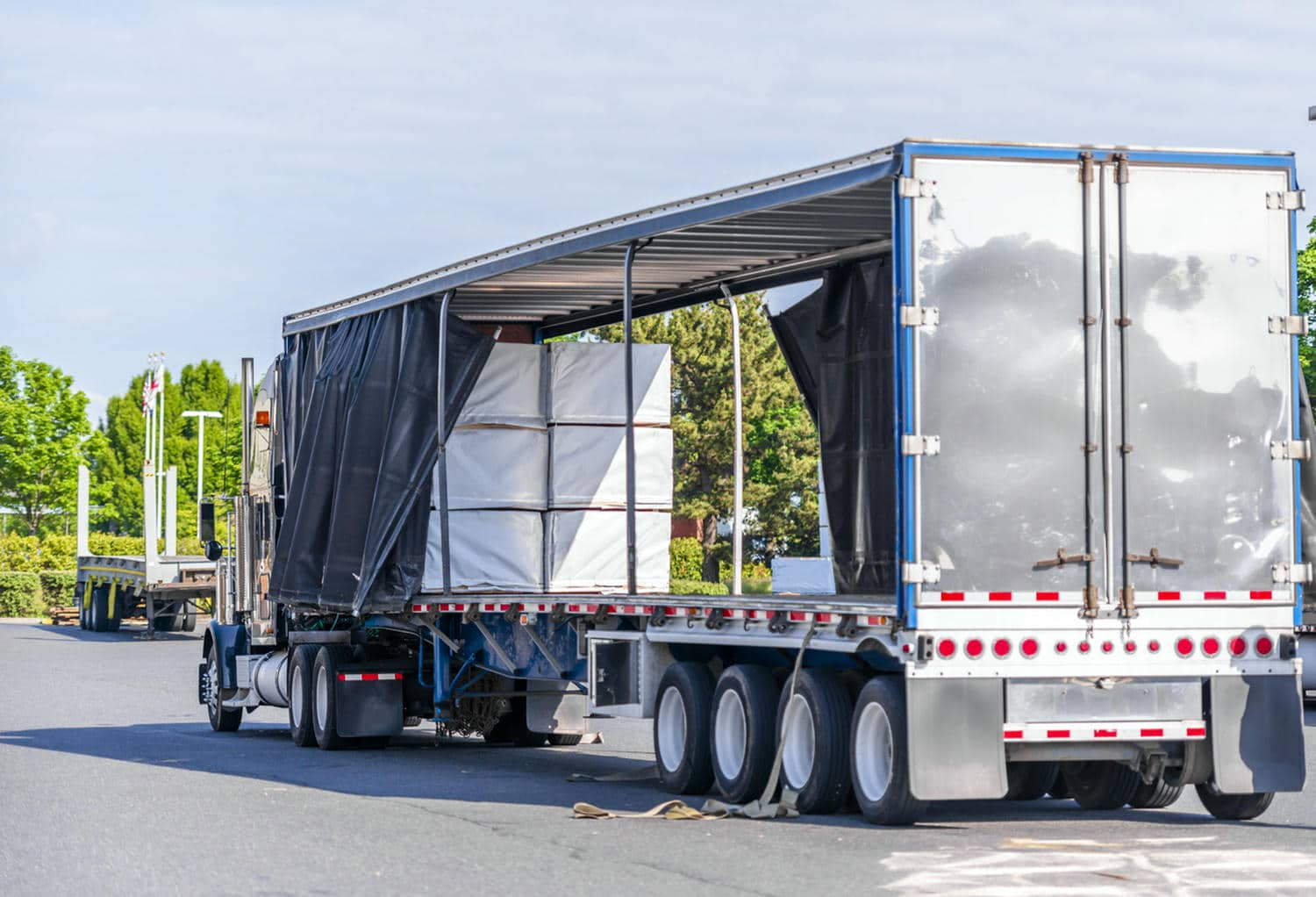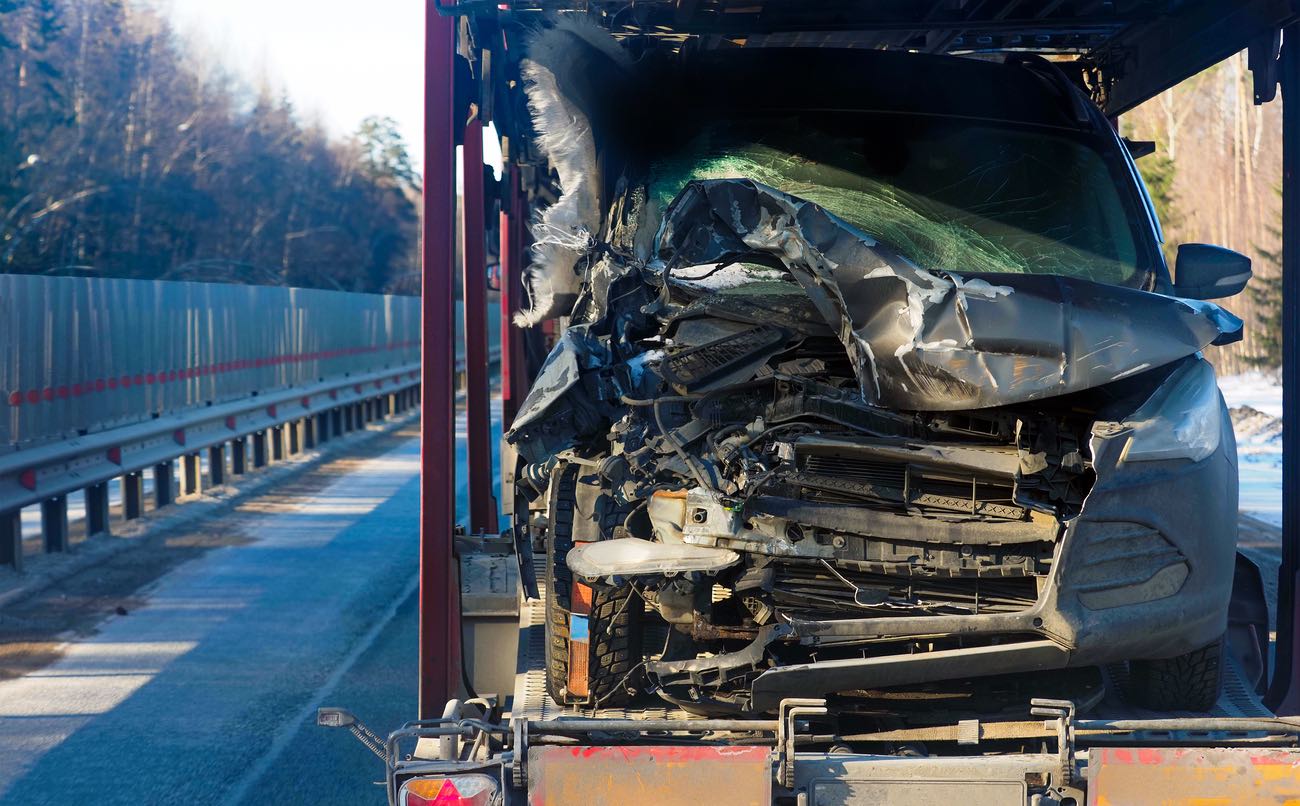Determining the best vehicle transport method hinges on balancing cost, protection, speed, and convenience to match your vehicle’s value and timeline. Ship A Car Inc. specializes in open, enclosed, expedited, and international transport services across the United States, offering transparent quotes and reliable handling. This guide will explain each shipping method, compare costs, weigh pros and cons, outline preparation steps, address common concerns, and help you select the optimal solution for your vehicle.

Car shipping methods define how vehicles move from origin to destination, influence transit time, price, protection, and suit different customer needs. Major options include open car transport, enclosed car shipping, expedited services, and international freight. Each shipping method caters to specific value thresholds and urgency levels.
- Open Car Transport
- Enclosed Car Shipping
- Expedited Car Shipping
- International Car Shipping
- Door-to-Door vs. Terminal-to-Terminal
These methods cover everyday sedans through luxury classics and overseas relocation requirements.
Open car transport carries vehicles on an exposed, multi-car trailer, maximizing carrier capacity and reducing individual costs while delivering reliable transit for standard cars. This cost-effective approach balances affordability with consistent scheduling for common vehicle types.
Open trailers typically hold 7 to 10 vehicles per load, leveraging volume to minimize per-car rates. Scheduling frequency and large carrier networks make open transport the default for most relocations, daily drivers, and budget-conscious moves.
Enclosed car shipping places vehicles inside a covered trailer, shielding them from weather, road debris, and dust while maintaining climate control when needed. This high-protection method preserves finish and structural integrity, enhancing peace of mind for high-value automobiles.
Enclosed carriers accommodate fewer vehicles, often 1 to a max of 6 per load, ensuring dedicated space. Luxury, classic, or specialty cars benefit from soft-side or hard-side trailers that guard against hail, salt, and vandalism during long-distance transit.
Expedited car shipping accelerates transit by prioritizing your vehicle on a dedicated route or direct load, cutting delivery time by up to 50 percent compared to standard methods. This premium service ensures urgent needs, such as corporate vehicle relocations, medical moves for travel healthcare professionals, or auction deadlines, are met reliably.
Expedited shipments bypass carrier hubs and rely on dedicated drivers, reducing stops and handling steps. Customers needing arrival within days rather than weeks find expedited transport worth the additional investment.
International car shipping navigates customs, import regulations, and ocean freight by offering RoRo (roll-on/roll-off) and containerized transport, each managing overseas routes and handling requirements. These methods enable global vehicle relocation with varying levels of cost and security.
RoRo vessels allow vehicles to drive on and off ships under secured lashings. Container shipments place cars inside 20- or 40-foot steel boxes alongside personal effects, providing extra protection at a higher per-unit cost.
Door-to-door auto transport service picks up and delivers your vehicle at specified addresses, offering maximum convenience and minimal handling steps. Terminal-to-terminal service requires drop-off and pick-up at carrier depots, reducing fees but adding a short customer-driven leg.
Door-to-door reduces risk of miscommunication and customer effort. Terminal-to-terminal cuts rates by up to 20 percent but works best when depot proximity and schedule flexibility align with your plans.

Shipping costs fluctuate based on distance, vehicle size, transport method, seasonal demand, and fuel prices, each factor contributing directly to your final quote. Understanding these influences empowers you to forecast expenses and compare service levels effectively.
Key cost drivers include:
- Distance traveled—longer hauls increase mileage fees.
- Vehicle dimensions—oversized SUVs or trucks require specialized equipment.
- Transport method—enclosed and expedited services carry premiums.
- Seasonality—summer peaks and winter hazards affect availability and rates.
- Fuel surcharges—volatile fuel markets add variable fees.
Combined, these factors shape real-time pricing and carrier capacity.
Shipping costs are influenced by several factors, including distance, vehicle size, transport method, seasonal demand, and fuel prices. Understanding these elements is crucial for estimating expenses and comparing service levels effectively.
Federal Motor Carrier Safety Administration (FMCSA), “Factors Affecting the Cost of Shipping a Car” (2024)
This research provides insights into the various factors that influence car shipping prices, which directly supports the article’s discussion on cost variations.
Open transport typically costs 40–60 percent less than enclosed shipping due to higher carrier utilization and lower handling complexity. Enclosed methods add 30–50 percent in premium protection fees, reflecting trailer exclusivity and extra loading steps.
Method | Approximate Cost Range | Protection Level |
|---|---|---|
Open Transport | $0.60–$1.00 per mile | Basic exterior shielding |
Enclosed Shipping | $0.90–$1.50 per mile (+40%) | Full weather and debris protection |
Open car transport is generally more cost-effective than enclosed shipping due to higher carrier utilization and simpler handling. Enclosed methods, however, offer superior protection, justifying the higher investment for valuable vehicles.
Consumer Reports, “Shipping Your Car: Open vs. Enclosed Transport” (2023)
This source provides a comparative analysis of open and enclosed car shipping, which aligns with the article’s comparison of these two methods.
Hidden fees may include:
- Insurance supplements beyond carrier minimums
- Residential pickup/delivery surcharges for non-commercial addresses
- Storage charges if terminal pickup is delayed
- Cleaning fees for excessively dirty vehicles
Clarify all line-item fees before booking and require providers to confirm full pricing in writing.
To secure a reliable estimate:
- Provide exact pickup and delivery ZIP codes.
- Specify vehicle year, make, model, and condition.
- Indicate preferred service (open, enclosed, expedited).
- Ask carriers about fuel surcharge policies and insurance coverage.
- Compare at least three quotes sourced within 24 hours.
Accurate inputs and timely comparisons yield precise, competitive rates.
Auto transport discounts include:
- Military and veteran rates—up to 10% off standard quotes.
- Multi-vehicle shipping—volume pricing for dealers or families.
- Off-peak season deals—lower rates during winter slowdowns.
- Repeat customer programs—loyalty credits for returning shippers.
Ask Ship A Car Inc. about qualifying offers to minimize your budget.

Open car shipping excels in cost-effectiveness and availability but exposes your vehicle to elements and road debris. Understanding its benefits and risks guides proper vehicle preparation and insurance choices.
Open auto transport offers:
- Cost-effectiveness—lowest per-mile rates among methods.
- High availability—frequent departures across major routes.
- Flexible scheduling—multiple pickup windows per week.
Affordability and reliability make open transport the default for standard relocations.
Open shipping risks include:
- Exposure to weather—rain, hail, sun can affect paint.
- Road debris impact—stone chips or salt may scratch surfaces.
- Security limitations—vehicles are visible and accessible at stops.
Supplemental insurance and thorough pre-inspection help mitigate these hazards.
Open transport suits:
- Everyday sedans and compact cars.
- Standard SUVs and pickup trucks.
- Operable vehicles without value-sensitive finishes.
Mass-market vehicles benefit most from open trailer economics.
To ready your car:
- Wash and dry exterior to reveal pre-existing damage.
- Check fluid levels and tire pressure.
- Remove personal items and loose accessories.
- Document odometer reading and note dents or scratches.
Proper preparation reduces risk and streamlines the inspection process.
Basic carrier insurance covers up to $100,000 total loss or damage, with per-vehicle limits typically around $50,000. Supplemental policies raise coverage to replacement value and can cover roadside assistance during loading and unloading.

Enclosed car shipping delivers maximum protection against weather, debris, and theft, making it the preferred choice for luxury, classic, and high-performance cars that demand pristine condition on arrival.
Enclosed trailers fall into:
- Soft-side trailers—lightweight nylon walls, reduced weight.
- Hard-side trailers—rigid steel panels, superior security and weatherproofing.
Selection depends on protection, loading style, and weight constraints.
Enclosed service prevents stone chips, road salt corrosion, and UV damage. Fully sealed compartments block moisture and airborne contaminants, preserving delicate finishes and custom paint jobs during long-distance transit.
Enclosed shipping costs 30–50 percent more than open transport due to:
- Lower carrier density (fewer vehicles per load).
- Additional handling steps for protective loading.
- Higher insurance valuation requirements.
Budget planning must account for this premium as part of total relocation expenses.
Enclosed shipping is ideal when:
- Vehicle value exceeds $50,000.
- Paint, vinyl wraps, or chrome trim require extra shielding.
- Car shows or auctions demand delivery in showroom condition.
Paying a premium ensures preservation of high-value assets.
Enclosed carriers often include higher standard coverage limits, up to $250,000 per vehicle, reducing out-of-pocket risk. Liability policies also cover specialized loading equipment, minimizing exposure to handling damage claims.

Expedited shipping accelerates delivery by assigning dedicated drivers and direct routes, reducing stops and handling steps to meet tight deadlines for time-sensitive moves, corporate transfers, and special events.
Expedited shipping bypasses hub sorting, uses direct hauls, and prioritizes your vehicle on driver schedules. By eliminating layovers and batch loading, expedited methods can cut transit time by up to 50 percent.
Expedited service commands a 20–40 percent premium over standard rates. Pricing varies with route length, carrier availability, and required delivery window tightness.
Expedited transport suits:
- Emergency relocations for job or family needs.
- Auto show deliveries with fixed opening dates.
- Auction purchases requiring fast turnaround.
Urgent deadlines and critical events justify premium costs.
To secure reliability:
- Choose carriers with guaranteed delivery windows.
- Confirm dispatch protocols and driver communication channels.
- Request tracking updates at origin, mid-haul, and pre-delivery.
Transparent processes reduce risk of missed deadlines.
For expedited moves:
- Complete vehicle inspection and condition photos in advance.
- Ensure fuel tank is no more than a quarter full to reduce weight.
- Provide all required keys and paperwork before pickup.
- Grant driver direct access to driveway or yard for immediate loading.
Early readiness accelerates loading and departure.

International car shipping requires detailed documentation, customs clearance, and selection between RoRo and container methods. Each of the options come with its own costs, schedules, and regulatory demands.
Essential documents include:
- Vehicle title and registration.
- Commercial invoice or pro forma invoice.
- Export declaration (EEI filing in the U.S.).
- Import permit or exemption certificates for the destination country.
- Bill of lading issued by the shipping line.
Accurate paperwork prevents clearance delays and fines.
Roll-on/roll-off (RoRo) shipments drive cars directly onto vessel decks under protective lashings, offering cost efficiency. Container shipping secures vehicles inside steel boxes, enabling carriage of personal items and providing superior environmental protection.
Service | Cost (U.S.–Europe) | Transit Time |
|---|---|---|
RoRo Shipping | $1,200–$2,000 | 15–30 days |
Container Shipping | $2,000–$3,500 | 20–40 days |
Each country sets rules on emissions, vehicle age, and duty rates. For example, EU nations cap age at 30 years for duty exemptions, while Australia enforces strict right-hand drive conversions. Compliance dictates method selection and timelines.
International cargo insurance covers maritime risks, with all-risk policies protecting against sinking, theft, and damage up to agreed values. Marine liability and port operator coverages supplement standard carrier contracts.

Thorough pre-shipping preparation reduces damage risk, streamlines inspections, and minimizes insurance disputes by documenting condition and communicating clearly with carriers.
Perform:
- Exterior wash and inspection for scratches or dents.
- Fluid level checks (oil, brake, coolant).
- Tire pressure adjustments.
- Battery charge verification.
A fully functional vehicle eases loading and offloading processes.
Remove:
- Personal belongings and loose accessories.
- Garage door openers, toll tags, and decals.
- Aftermarket parts that protrude or detach easily.
Clearing the cabin and trunk prevents loss and damage claims.
Use photos and written notes to record:
- All four sides, front, rear, interior, and undercarriage.
- Odometer reading and VIN verification.
- Notations of any existing blemishes.
Thorough records support insurance claims if damage occurs.
Establish:
- A primary point of contact and backup phone number.
- Agreed notification schedule for pickup, en route, and pre-delivery.
- Written confirmation of any route or schedule changes.
Clear communication fosters accountability and timely resolutions.
Well-prepared vehicles load faster, reducing driver detention fees. Accurate documentation avoids insurance disputes and may qualify you for lower deductible supplemental coverage.

Customers worry about damage, delays, tracking, service convenience, and carrier reliability. Proactive carrier policies and transparent protocols address these concerns effectively.
If damage occurs, the carrier’s insurance covers repairs up to policy limits once you file a claim with documented pre- and post-inspection reports. Supplemental insurance accelerates claim payouts and covers full replacement value.
Carriers update customers on weather, traffic, or mechanical delays via phone, email, or online portals. Revised arrival windows and contingency plans, such as alternate routing, help manage expectations and minimize inconvenience.
Real-time GPS tracking and driver check-ins provide location updates at major milestones. Many carriers offer customer portals with live map views and status logs.
Door-to-door service delivers directly to your address, eliminating personal pickup steps. Terminal-to-terminal service requires drop-off and collection at depots, offering lower rates for flexible customers willing to handle last-mile logistics.
Select carriers that:
- Maintain carrier insurance and licensing records on file.
- Share real-time tracking and communication protocols.
- Offer transparent pricing with no hidden fees.
- Provide references or reviews demonstrating consistent reliability.
Prioritizing documented performance and service guarantees builds confidence.

Different vehicle classes impose unique handling, size, and protection requirements. Matching transport options to vehicle characteristics ensures safe, cost-efficient delivery.
Classic and luxury vehicles benefit from enclosed, climate-controlled carriers with extra padding and lift-gate loading equipment. Dedicated door-to-door services further minimize handling steps.
Motorcycle shipping uses custom crating or specialized two-wheel trailers with built-in chocks and tie-down points. Container shipments allow additional secure stowage, while open carriers require dedicated slots to prevent movement.
Electric vehicles require battery charge limits (typically under 30%) for safety, high-capacity tie-down points for weight distribution, and awareness of potential charging needs at origin or destination. Many carriers now offer EV-specific handling protocols.
RVs and heavy machinery use flatbed or lowboy trailers rated for oversized loads. Oversize permits and route surveys precede transit to ensure bridge clearances and weight restrictions compliance.
For additional information regarding the various modes of transportation, please refer to the following pages: Heavy Machinery Shipping and RV Shipping.
Military personnel qualify for specialized rate contracts and expedited scheduling through dedicated carrier networks. Multi-vehicle moves, such as dealer shipments or family relocations, secure volume pricing and consolidated logistics planning.
This comprehensive overview arms you with the insights to select the right shipping method for your vehicle’s size, value, and urgency. By understanding method differences, cost drivers, preparation steps, and carrier selection criteria, you can arrange reliable transport with confidence and clarity.
Please refer to our previous blog post titled “Car Shipping Services Compared: Which Is Best?” for additional information regarding the company that provides the best vehicle transport.




